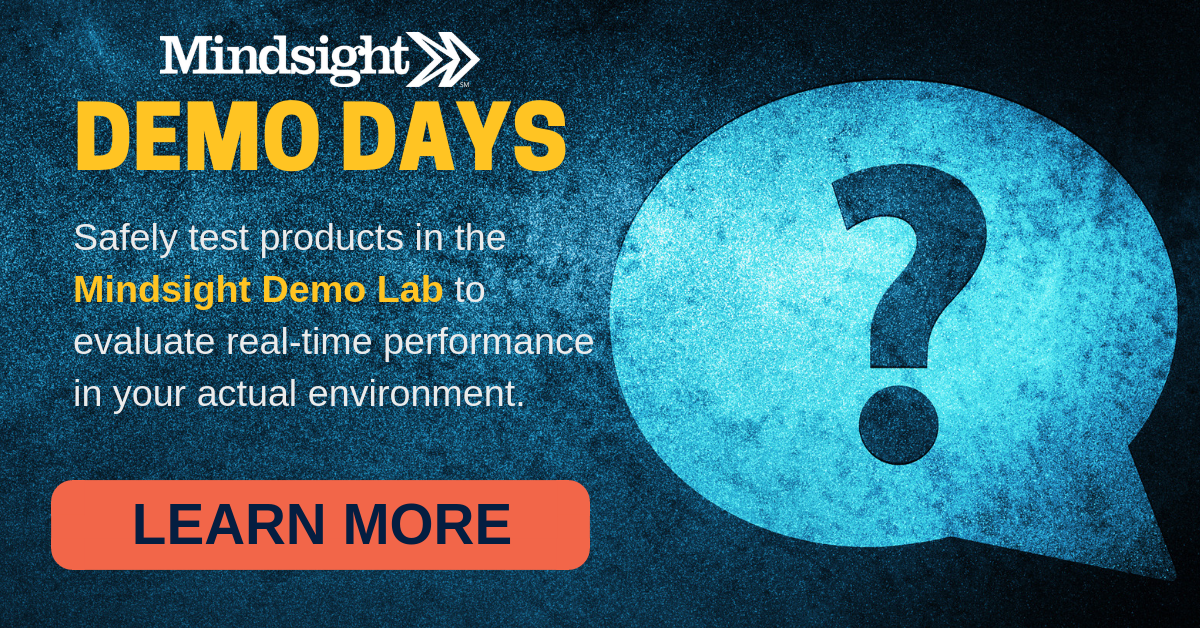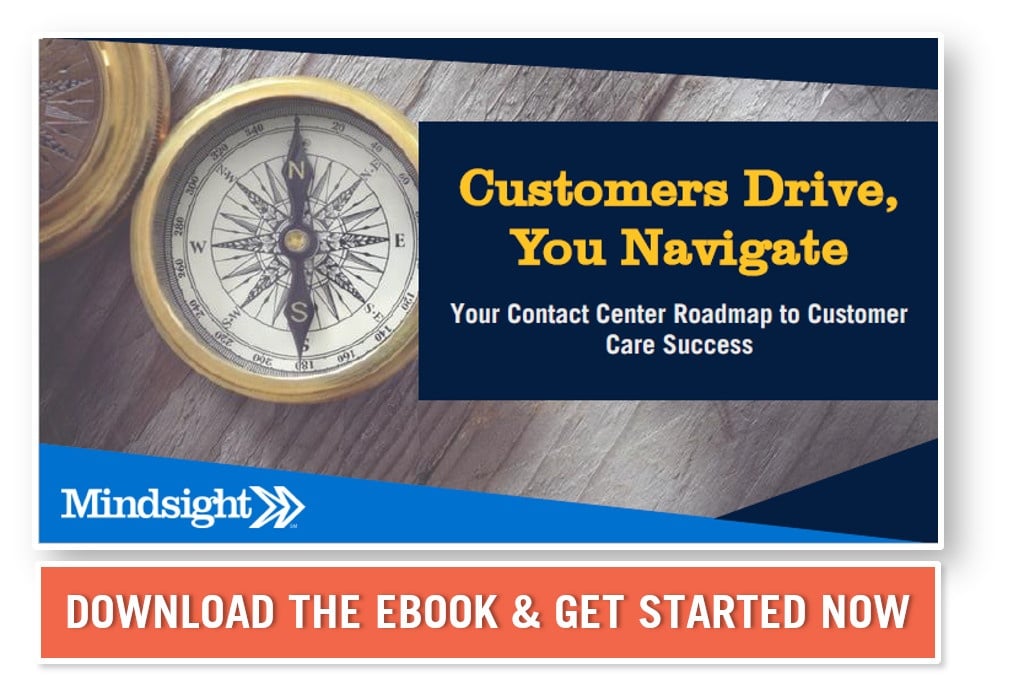July 18, 2019 by Siobhan Climer and John Irey
Definitions to start:
Workforce Management (WFM): this refers to a tool that manages agent staffing, scheduling, and long-term planning.
Workforce Optimization (WFO): sometimes called an employee engagement platform, WFO often includes a WFM tool in addition to offering other tools that optimize employee performance and provide analytics for contact center managers. WFO systems typically include several of the following:
- Call reporting
- Quality assurance
- Agent training/coaching
- eLearning tools
- Speech analytics
- Desktop analytics
- WFM tool
- WFO dashboard
To learn how you can integrate these features into your contact center, reach out today for a complimentary whiteboard session with our contact center experts.
How Do Contact Centers Use WFM vs WFO?
Given the incredibly high turnover in the contact center space, it makes sense that technology tools have stepped in to try and address some of the issues driving agents to leave their roles.
WFM tools are a subset of WFO, enabling improved agent management. By forecasting anticipated contact center volumes, the tool can help managers accurately predict how many agents are needed at any given time.
Using WFM helps contact centers decrease costs and improve operational efficiency.
WFM vs WFO comes down to the breadth of the tool. While WFM is typically focused on managing call center employees, WFO systems provide the support supervisors need to ensure data-driven decisions. Instead of combing through dusty spreadsheets, contact center supervisors use these powerful tools to assess contact center performance as it relates to agent behavior, customer experience, and business goals.
WFM vs WFO: Which To Choose?
Let’s talk about cars.
Car 1 – 1984 Pontiac Fiero
Car 2 – 2013 Toyota Corolla
Car 3 – 2019 Genesis G70
Car 1 – No WFM or WFO
The ’84 Fiero was famous for bursting into flames. This is analogous to call centers relying on spreadsheets, faxes, and out-of-date customer data to operate. These contact centers do not have WFM or WFO, leaving them on the precipice of failure. This is only functional in exceptionally small contact centers that have no intention of growing.
Car 2 – WFM
On the other hand, the 2013 Toyota Corolla is reliable. It gets you from point A to point B. It’s functional. It may not have heated seats or a Bluetooth radio system, but you can rest assured the car is roadworthy. This is analogous to contact centers using WFM. The tool is functional and useful, adds value and simplicity. WFM is ideal for small to medium-sized contact centers looking to integrate a solution into their workflow to remain competitive and continue growing.
Car 3 – WFO and the Employee Engagement Platform
Of course, there is always someone driving the newest, fanciest model on the road. Meet the 2019 Genesis G70, the 2019 IIHS top safety pick based on its LED headlights. It has a 3.3L, 365-horsepower twin turbo paired with launch controls, heated and ventilated seats, a 16—way power driver seat, lane keeping assist, blind spot collision warning, and more features than are worth mentioning here.
This is WFO. It has all the bells and whistles. Capabilities out the wazoo. For a highly strategic, enterprise-level and process-driven contact center that has realized growth and is now continuing the trend, WFO makes sense.
To test WFM or WFO in your call center, register for a demo today.
WFM vs WFO: Enter The Roadmap
The key to deciding how WFM vs WFO operates in your business, you need to build a contact center roadmap. By identifying how to integrate contact center technologies and optimize your current deployment model, you ensure your call center delivers a superior customer experience.
Read more about the roadmap with our eBook, Customers Drive, You Navigate: Your Contact Center Roadmap to Customer Success.
Like what you read?
Contact us today to discuss WFM vs WFO and what you need.
About Mindsight
Mindsight, a Chicago IT services provider, is an extension of your team. Our culture is built on transparency and trust, and our team is made up of extraordinary people – the kinds of people you would hire. We have one of the largest expert-level engineering teams delivering the full spectrum of IT services and solutions, from cloud to infrastructure, collaboration to contact center. Our highly-certified engineers and process-oriented excellence have certainly been key to our success. But what really sets us apart is our straightforward and honest approach to every conversation, whether it is for an emerging business or global enterprise. Our customers rely on our thought leadership, responsiveness, and dedication to solving their toughest technology challenges.
Contact us at GoMindsight.com.
About The Authors
Siobhan Climer, Science and Technology Writer for Mindsight, writes about technology trends in education, healthcare, and business. She previously taught STEM programs in elementary classrooms and museums, and writes extensively about cybersecurity, disaster recovery, cloud services, backups, data storage, network infrastructure, and the contact center. When she’s not writing tech, she’s writing fantasy, gardening, and exploring the world with her twin daughters. Find her on twitter @techtalksio.
John Irey is a Principal Consultant at Mindsight, an IT Services and Consulting firm located in the Chicago area. With nearly 20 years of experience in information technology, John has helped businesses of every size optimize the technology powering the contact center. He has extensive experience with contact center technologies and seeks to provide a consultative voice to contact center leaders, who rely on Mindsight’s transparency to make the best technology investments. John earned his BA/BS in Information Systems and continues to focus on how emerging technology, such as machine learning and artificial intelligence, impact the contact center. John enjoys spending his free time with his wife and two young children.




